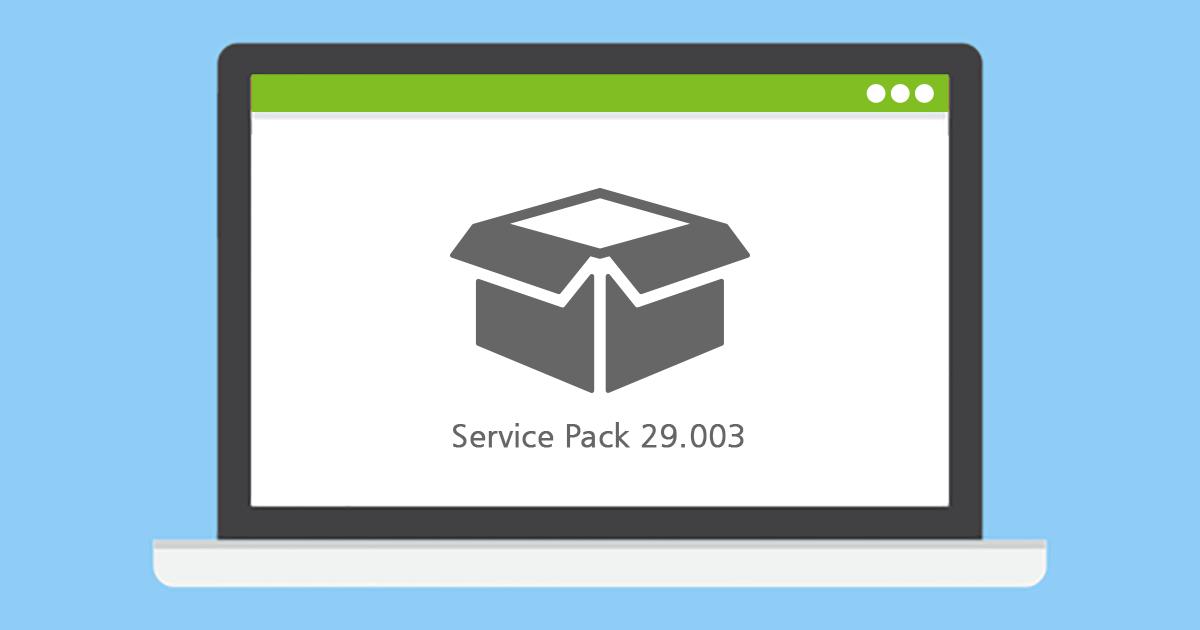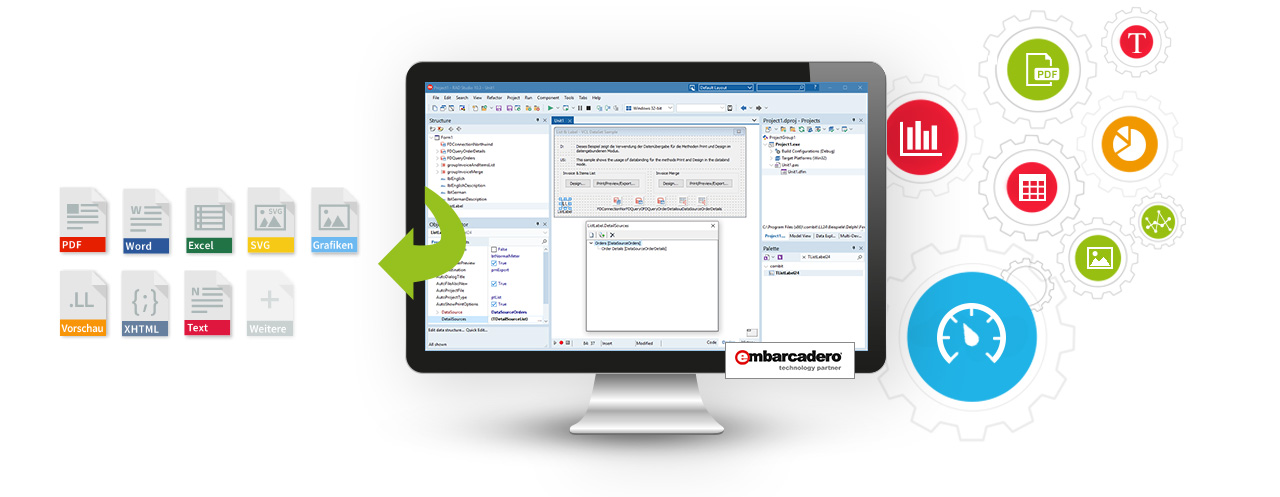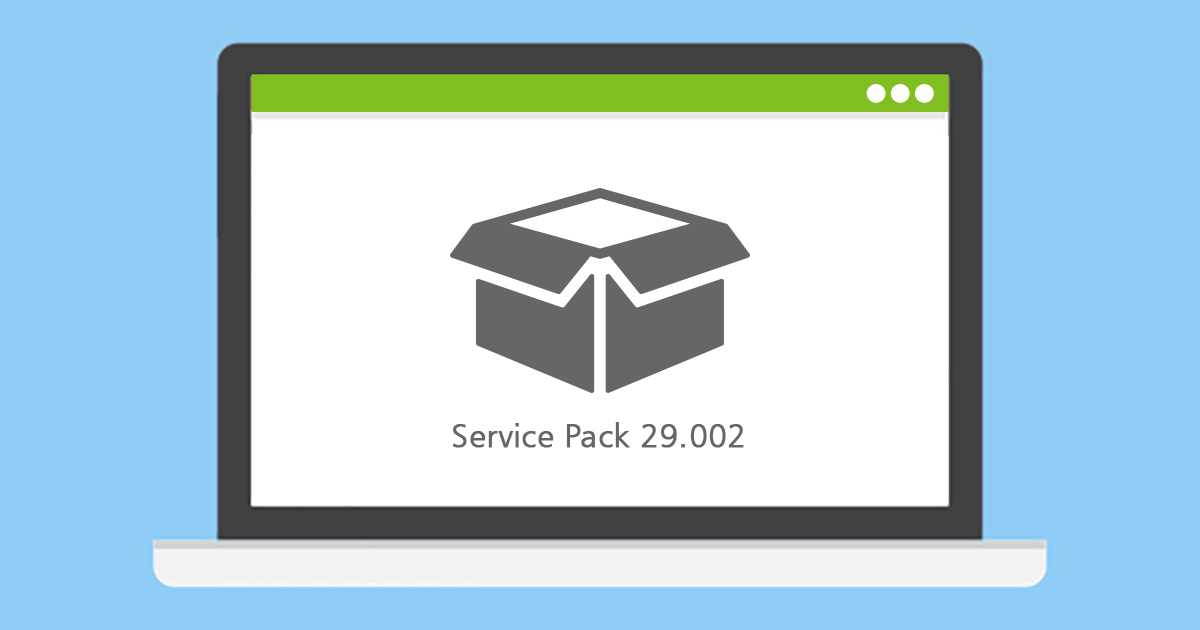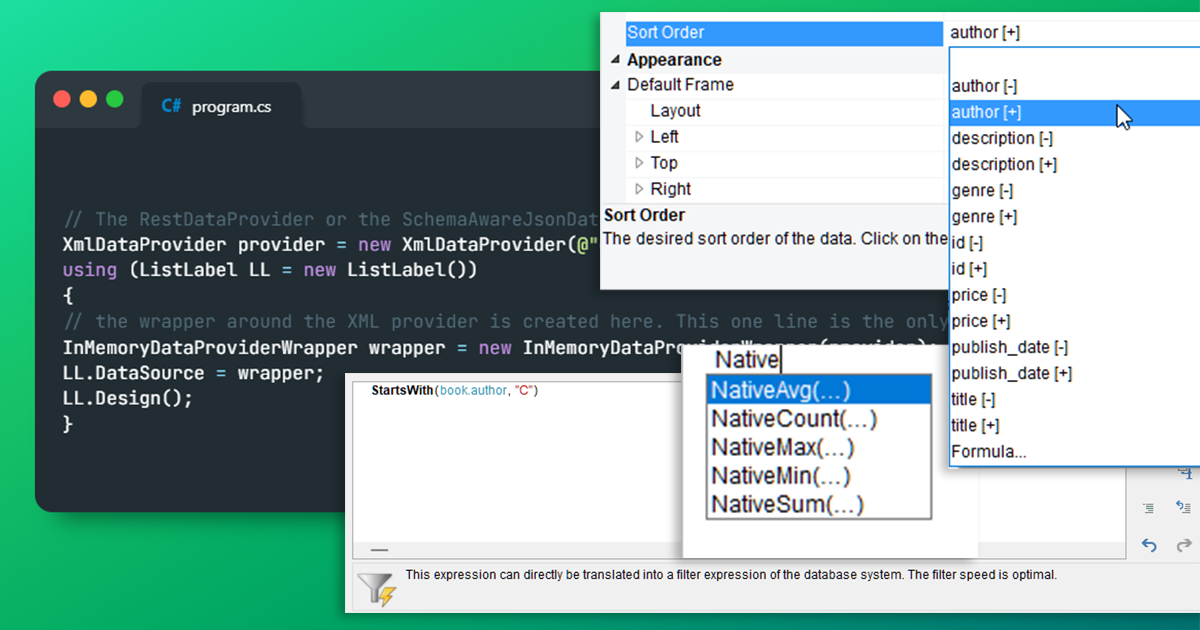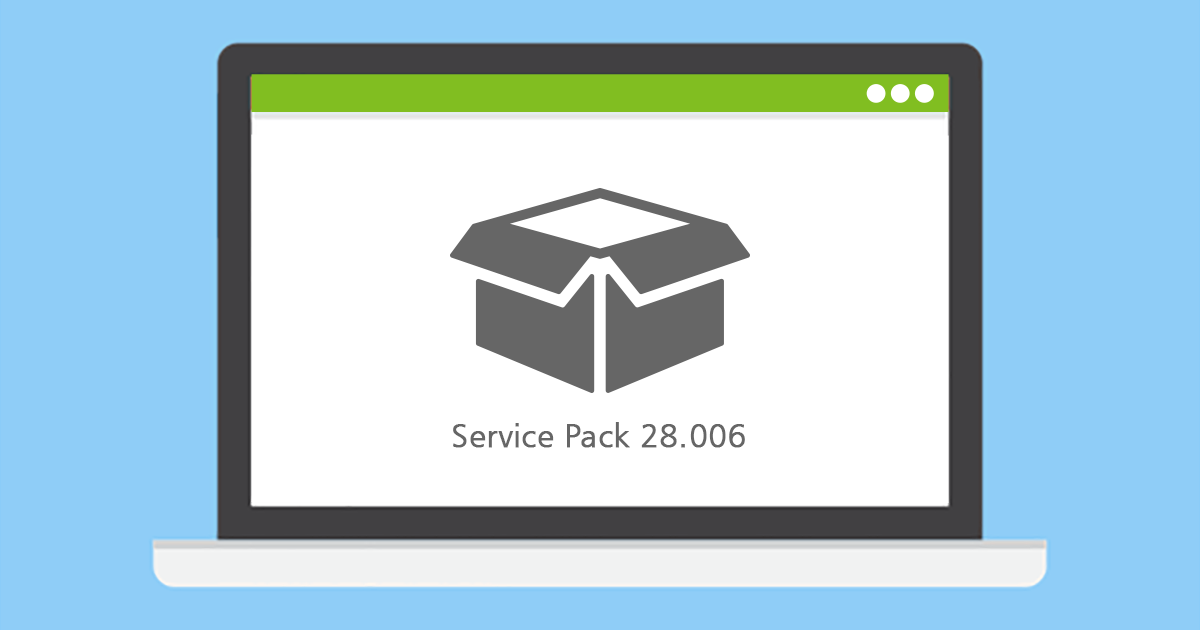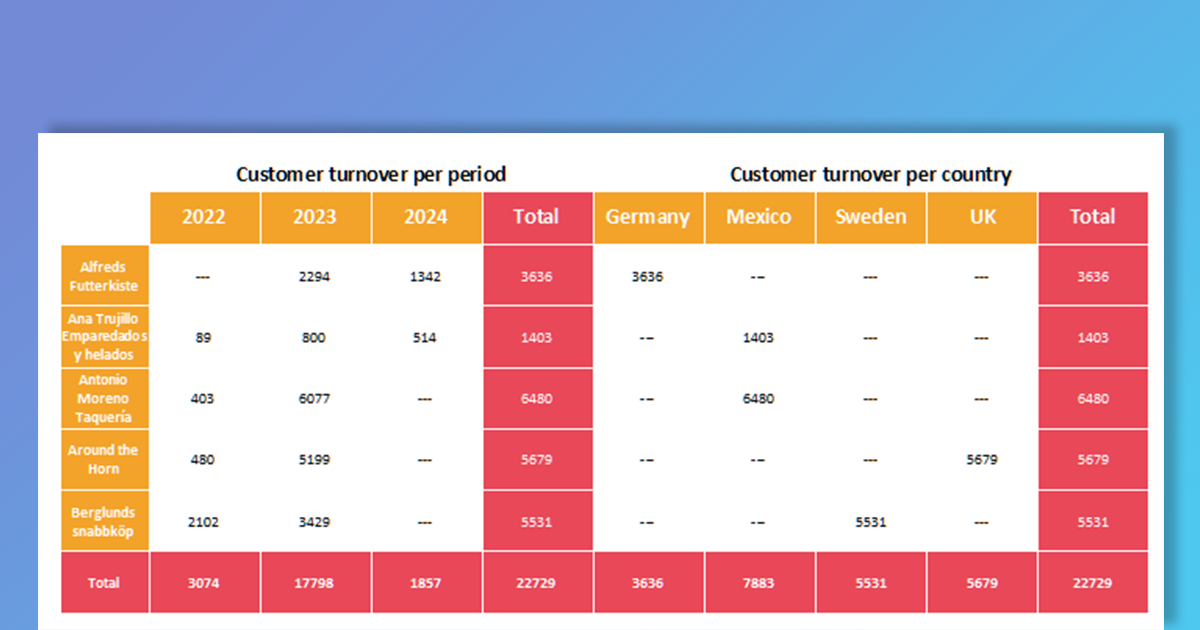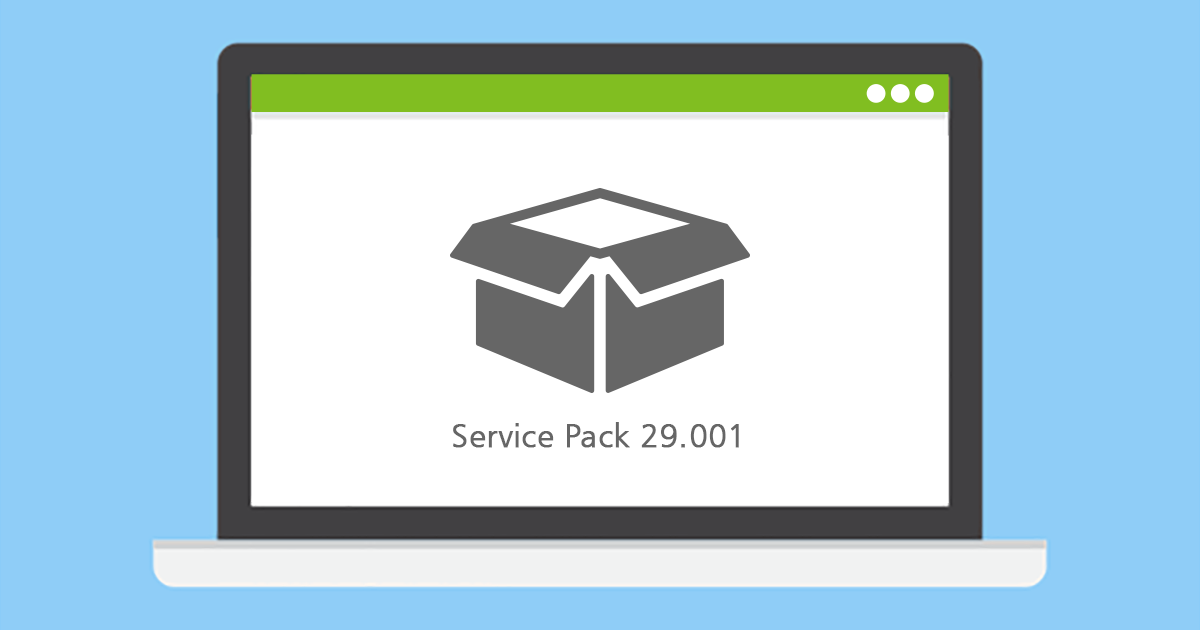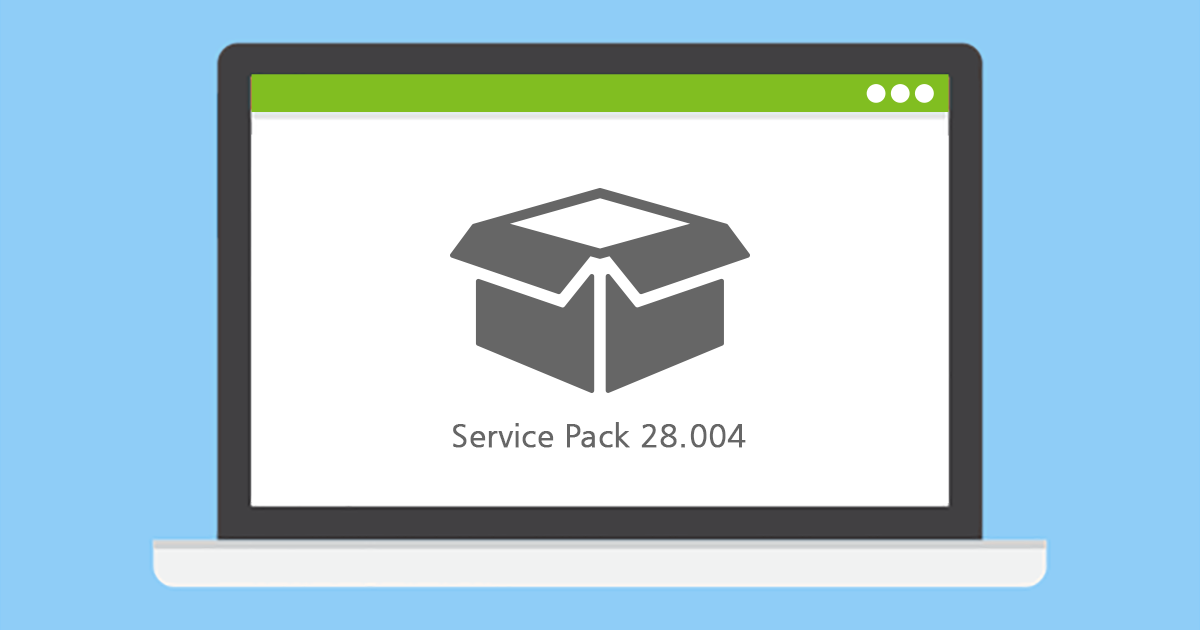New Service Pack 29.003 for List & Label and the Report Server
The latest service pack 29.003 for List & Label brings support for Windows 11 24H2 and an enhanced configuration option for the Web Report Designer to streamline the printing process. Additionally, advanced caching mechanisms have been implemented to reduce server load.
